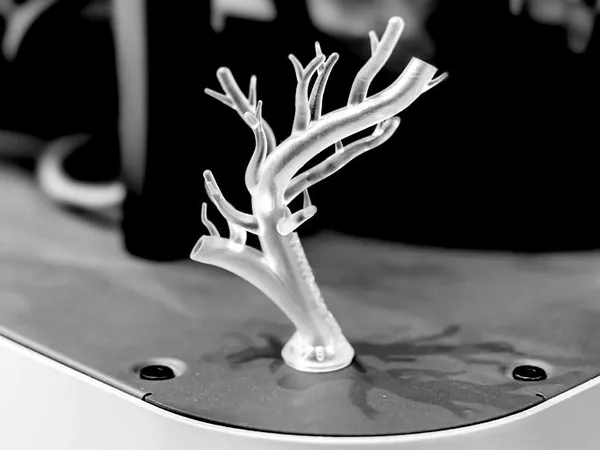
Astronomers Unveil a Rare Six-Planet System Moving in Perfect Harmony!
2025-01-10
Author: Wai
In a groundbreaking discovery, researchers have unveiled a mesmerizing six-planet system, offering a fresh perspective on planetary configurations. This extraordinary system revolves around a single star, and the planets within it line up in a synchronized manner – a phenomenon known as resonance.
When planets move in resonance, their orbital periods maintain a fixed ratio, allowing them to coexist harmoniously over millions, even billions of years. This precise pattern evokes comparisons to musical rhythms, suggesting a cosmic choreography orchestrated by gravitational forces.
A Treasure Trove of Information
The star at the center of this six-planet ensemble is known as HD110067, located approximately 100 light-years away in the northern constellation of Coma Berenices. The quest for this system began when astronomers detected unusual dips in the star's brightness, a telltale sign of planets transiting its surface. Data from NASA's Transiting Exoplanet Survey Satellite (TESS) and the European Space Agency's CHEOPS satellite highlighted the presence of six sub-Neptune planets in close orbits—a rare find.
Rafael Luque, who led the analysis from the University of Chicago, stated, "This discovery will serve as a benchmark for studying the formation, evolution, and characteristics of sub-Neptunes, which are the most common type of exoplanet."
The Mystery of Sub-Neptunes
Sub-Neptunes, which are larger than Earth but smaller than Neptune, are abundant in our galaxy. Their varied compositions pique the interest of astronomers; they could possess thick gaseous envelopes or dense, rocky surfaces. Observing these planets in perfect sync provides invaluable insights into how they maintain their stable configurations over vast stretches of time.
Resonance occurs when planets have orbits that influence one another in a balanced manner, establishing a routine rhythm. However, this balance is fragile; gravitational disturbances from larger bodies can disrupt these harmonious relationships. Current estimates suggest that merely 1% of multi-planet systems manage to maintain this delicate choreography.
Stability in a Chaotic Universe
Factors contributing to the stability of HD110067’s six sub-Neptunes include the absence of larger rogue planets and the peaceful environment surrounding the star. This tranquility has allowed the planets to maintain their precise orbital arrangements since their formation, offering clues about planetary formation processes.
The implications for planetary formation studies are profound. Each newly identified synchronous system enriches our understanding of how cosmic dust and gas evolve into planets. It is postulated that planets often begin in resonance, but migrations and collisions can lead to deviations. This untouched six-planet system paints a clean picture of the early stages of planet-building.
Insights with Cosmic Significance
The revelation of this remarkably balanced planetary system unlocks the secrets of why some planetary families remain tightly knit while others face chaotic dispersal. By piecing together the puzzle, astronomers can explore hidden patterns that shape our galaxy and ask pressing questions about other uncharted systems.
As scientists pursue the enigmatic dance of celestial bodies, the HD110067 system stands out as a rare gem in the cosmic landscape, driving the quest for knowledge about the complex processes that govern planetary formation and stability.
The full details of this remarkable discovery were published in the prestigious journal *Nature*.
Stay tuned, as astronomers continue to unlock the mysteries of the universe, one extraordinary finding at a time!




 Brasil (PT)
Brasil (PT)
 Canada (EN)
Canada (EN)
 Chile (ES)
Chile (ES)
 Česko (CS)
Česko (CS)
 대한민국 (KO)
대한민국 (KO)
 España (ES)
España (ES)
 France (FR)
France (FR)
 Hong Kong (EN)
Hong Kong (EN)
 Italia (IT)
Italia (IT)
 日本 (JA)
日本 (JA)
 Magyarország (HU)
Magyarország (HU)
 Norge (NO)
Norge (NO)
 Polska (PL)
Polska (PL)
 Schweiz (DE)
Schweiz (DE)
 Singapore (EN)
Singapore (EN)
 Sverige (SV)
Sverige (SV)
 Suomi (FI)
Suomi (FI)
 Türkiye (TR)
Türkiye (TR)
 الإمارات العربية المتحدة (AR)
الإمارات العربية المتحدة (AR)